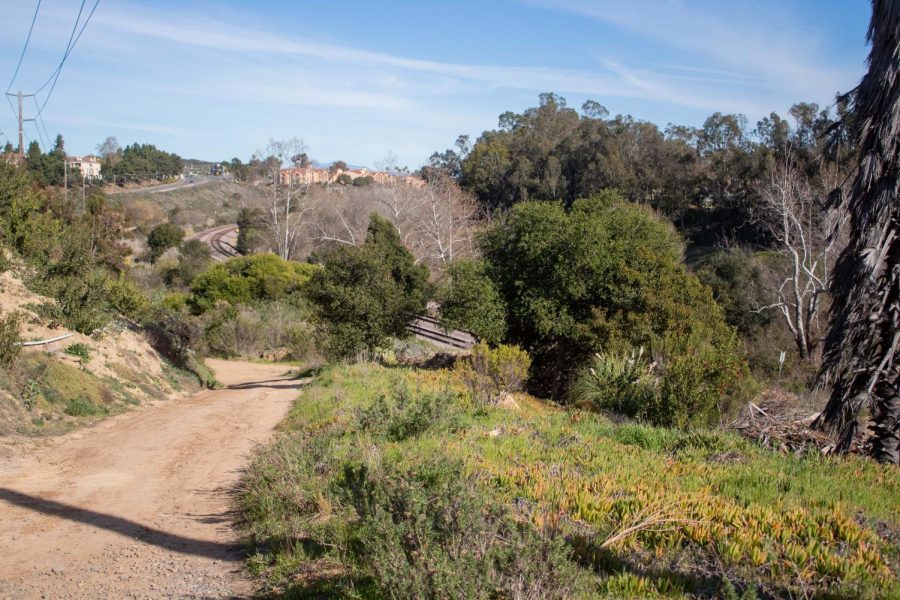The Extensive History and Impact of Rose Canyon
March 25, 2022
Rose Canyon, a longstanding feature of the University City community, has had an extensive history, spanning from its discovery to the fights over the years to preserve it.
From the Kumeyaay’s inhabitance of the area to its utilization by Mexican ranchers, Rose Canyon has had a role in the development in the San Diego region for decades. According to the City of San Diego website, the canyon got its name in 1853 from entrepreneur Louis Rose, who purchased about 650 acres of the land. Structures from this time were removed in the 1960s (sandiego.gov).
One of the major worries the canyon has faced in the past was a community plan that included the construction of Regents Road Bridge. According to San Diego Union Tribune, it would’ve gone across the canyon and provided a north to south route in the often crowded area. The bridge was a conflict in the community and a hot button issue in UC for years (sandiegouniontribune.com).
The bridge had been planned since 1959 and was chosen in 2006 as a project by a previous council as a way to help relieve traffic in the area (sandiegouniontribune.com).
In the 2000s to late 2010s, places in the community such as schools would use Rose Canyon as a place to get out and learn about nature (sandiego.gov).
Some of UC High’s students use the canyon as a place to learn about nature and habitats. The Environmental Science and Biology Teacher at the time tried to take his AP Environmental Science class to Rose Canyon every year to learn about the local environment.
The former teacher said, “Rose Canyon represents a trove of biodiversity in all of our native species (plants and animals). We take binoculars and we watch birds and identify them. We also look at insects and invasive species. These invasive (non-native) plants can compete with native plants, not allowing them to grow and taking away a habitat for local species.”
According to the Friends of Rose Canyon website, some City Council Members voiced their support for a community plan amendment in 2014 at the Rose Canyon Open Space Park Preserve Press Conference (rosecanyon.org). In 2016, the San Diego City Council removed the Regents Road Bridge from the community planning maps. They also deleted the widening (from four to six lanes) of Genesee Avenue (sandiegouniontribune.com).
“[The building of the bridge] would have been significant because the area underneath Genesee Avenue represents a wildlife corridor. There are some large animals there like coyotes and deer that move back and forth in the space. The bridge would have led to noise pollution and that would have affected those animals,” said the former teacher.
Executive Director of Friends of Rose Canyon Debbie Knight said that the area serves as a crucial wildlife habitat and a precious natural resource. Friends of Rose Canyon is a nonprofit organization dedicated to preserving the park (sandiegouniontribune.com).


